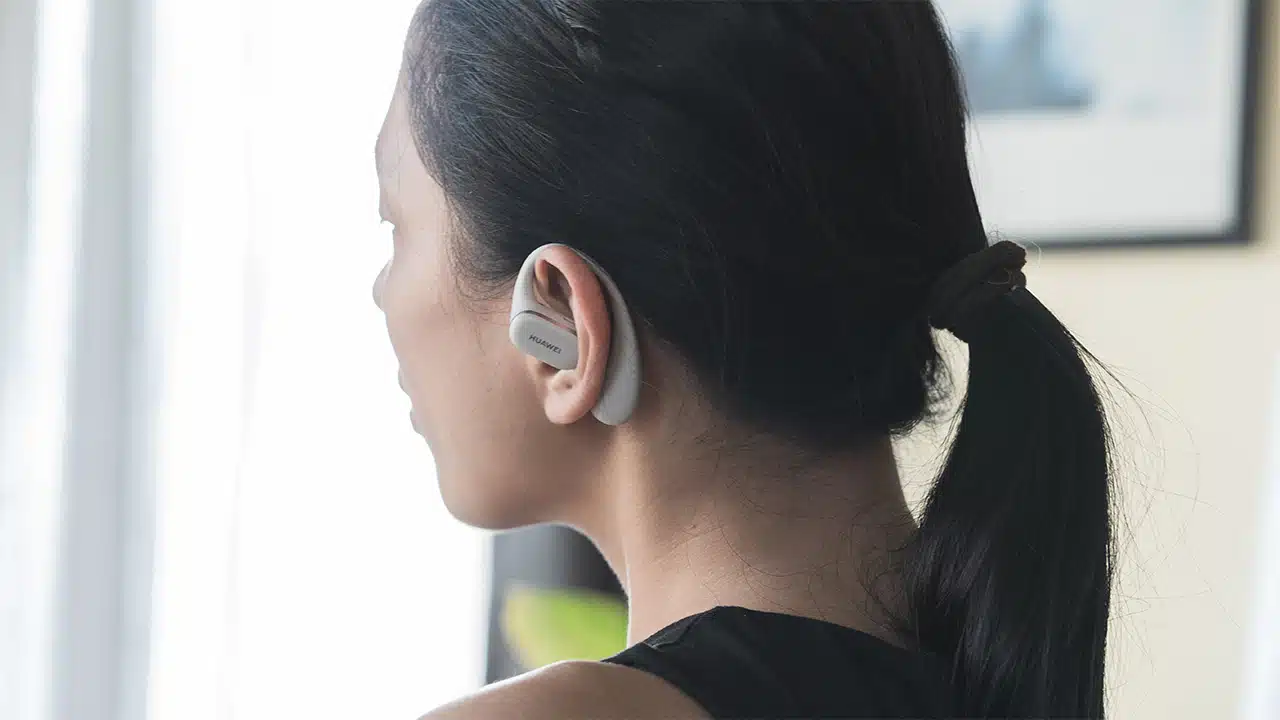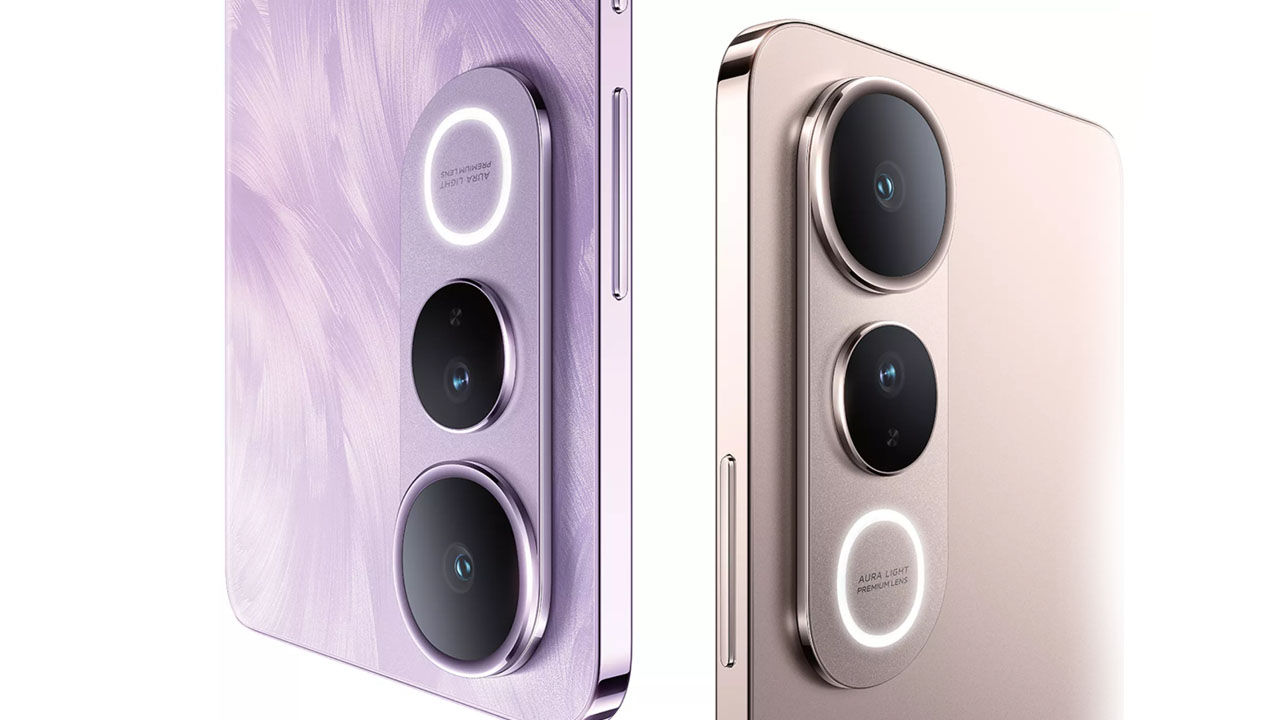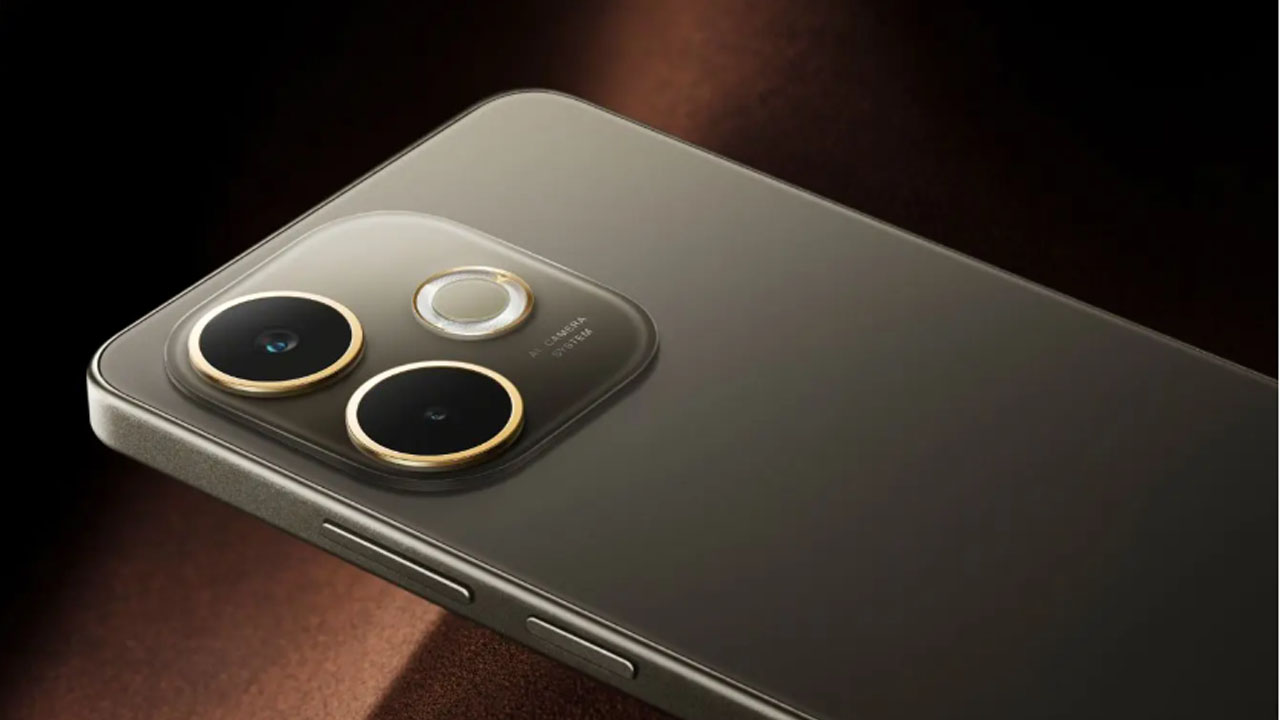A highly-capable entry-level full frame camera
Grabbing a full-frame camera often means you’re ready to get serious with photography, videography, or content creation. The Canon EOS R8 is designed to be that stepping stone that gets you into the world of full-frame cameras. It’s not only the company’s lightest and smallest full-frame so far, it also offers a host of features and technologies to make content creation easier.
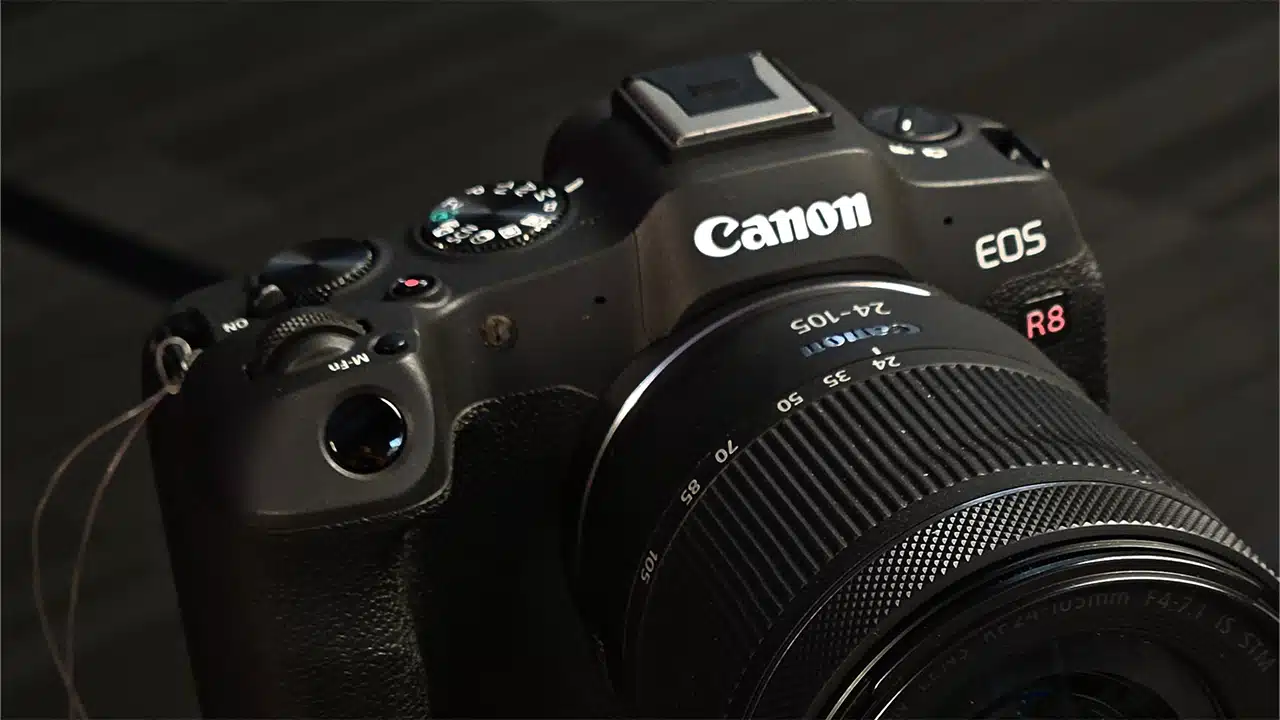
For professionals, high-quality images and videos should be a priority. The Canon EOS R8 offers a newly-developed 24.2-megapixel CMOS sensor that enables 6K oversampling to output stunning and detailed 4K 60p footage. Heating has also been managed to allow continuous recording for up to 30 minutes at max resolution.
The Canon EOS R8 is also able to shoot high frame rates of up to 180fps at Full HD resolution.
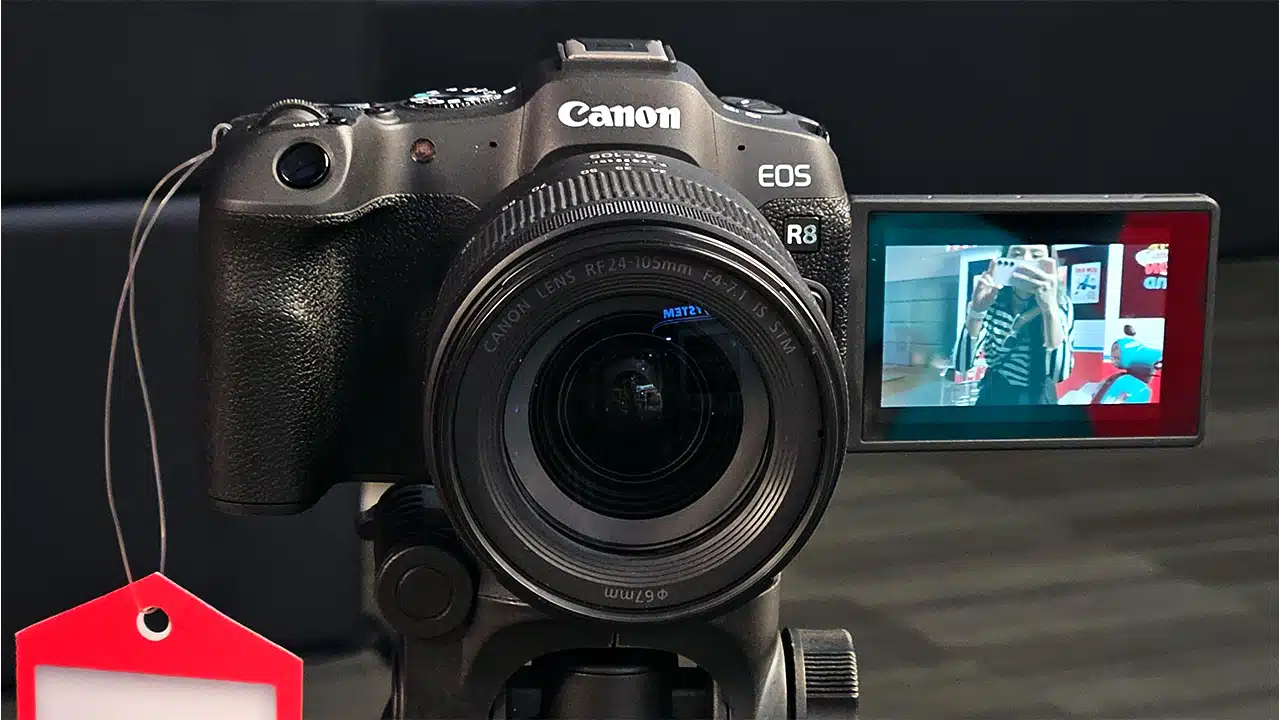
Apart from offering 8-bit recording, the EOS 48 supports 10-bit 4:2:2 high dynamic range video and now also offers Canon Log 3 for better flexibility when color grading.
For run-and-gun shooters, you’ll be glad to find the EOS 48 offers Movie Digital IS which offers 5-axis image stabilization as well as digital tilt correction so your horizons are always straight. With this, handheld footage will look smoother. Further stabilization can be added when pairing the camera to a lens with optical IS.
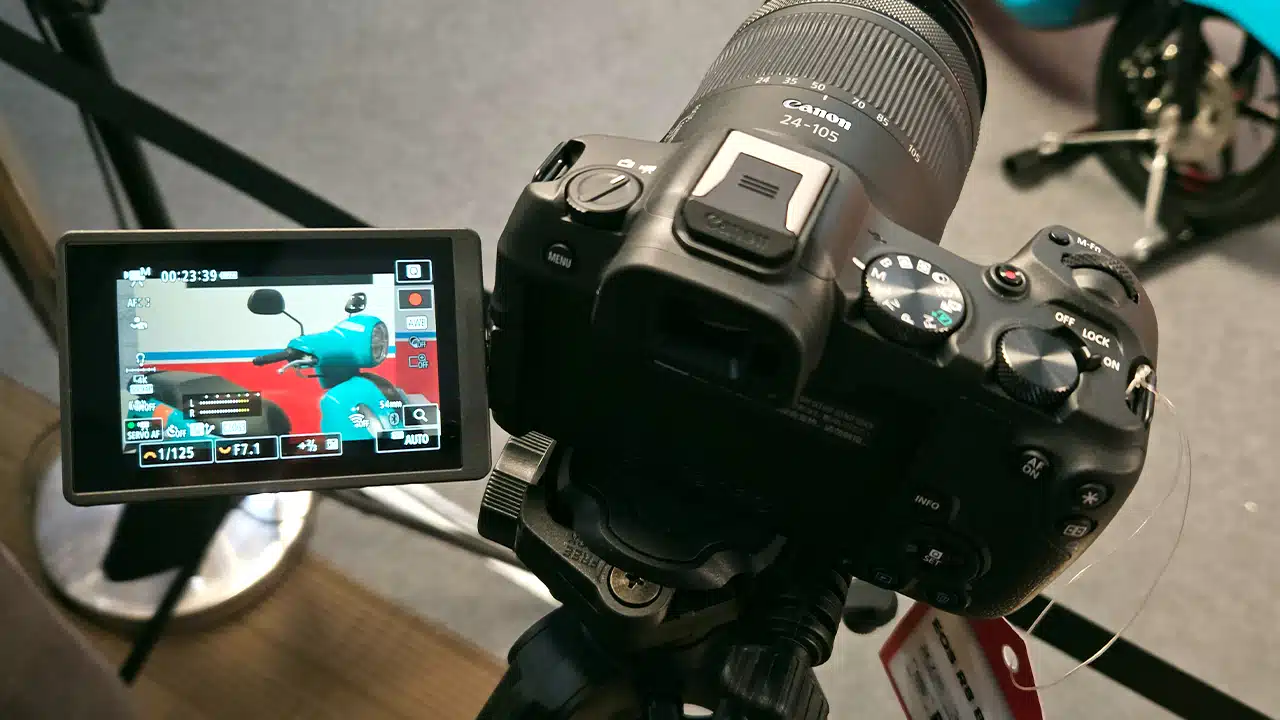
It also helps that focus has been improved for this generation. The Canon EOS R8 boasts both fast and accurate autofocus thanks to the EOS iTR AF X system. With this technology, the EOS R8 can intelligently track people, animals, or vehicles through deep learning and can also identify and even lock onto subjects using factors like shape, color, or brightness. Canon says the R8 is able to focus in as fast as 0.03 seconds and can even work in low-light conditions.
Speaking of low light, this camera aslo offers low light limits of up to EV-6.5 for stills and EV-4 for video. Native ISO speed available is offered up to ISO 102.400 for stills and ISO 25,600 for video.
Other professional camera features include focus breathing correction, also colors and zebras, UVC and UAC support for plug-and-play transmission of audio or video for streaming.
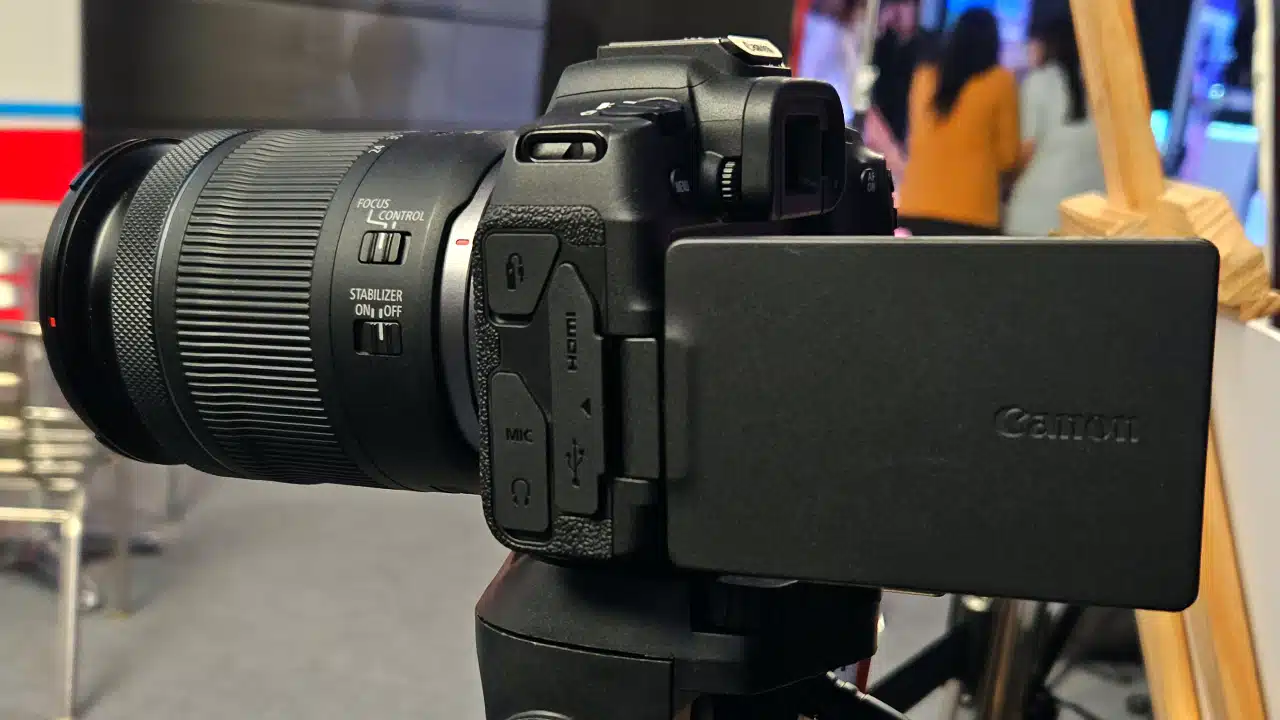
The Canon EOS R8 is now locally available with a starting price PhP 107,998. You can also get it with an RF24-50mm f/4.5-6.3 kit lens for PhP 122,998. Every purchase will get you a free 128GB SD card and a Lens Loan Voucher with PhP 5,000. Units will be available by mid-April and can be purchased through Canon’s official physical and online stores.
Two new nifty lenses
Alongside the launch of the Canon EOS R8 and the Canon EOS R50, the company also unveils two new additions to its RF lens lineup — theRF24-50mm f/4.5-6.3 IS STM and the RF-S55-210mm f/5-7.1 IS STM.
Th EOS R8 with the RF24-50mm f/4.5-6.3 IS STM combine to weigh just 671g, which is less than the weight of the EOS R5 body alone (210g) and measure 5.8cm when retracted. For a full-frame camera, it provides compositional freedom that distinguishes it different from other prime lenses of a similar size. It covers a wide-angle to standard view.
The lens’s 4.5 stops of optical IS provide consumers the freedom to try new perspectives. Moreover, it supports in-body IS, which allows for up to 7 stops of stabilization, and Cinema Digital IS, which causes the angle of vision to narrow. Coordinated Control IS is also supported with these cameras.
The RF-S55-210mm f/5-7.1 IS STM, on the other hand, is for those who desire a small, light telephoto lens to match their camera bodies.
The new lens offers close-up photography (closest focusing distance of 0.73m) and semi-macro capabilities (up to 0.28x magnification) at the tele end, with a full-frame equivalent angle of view of about 88 to 336mm. Through the employment of two UD lenses and two aspherical lenses that are optically positioned, chromatic aberrations are corrected, resulting in high-resolution, sharp, and superb color over the whole zoom range.

